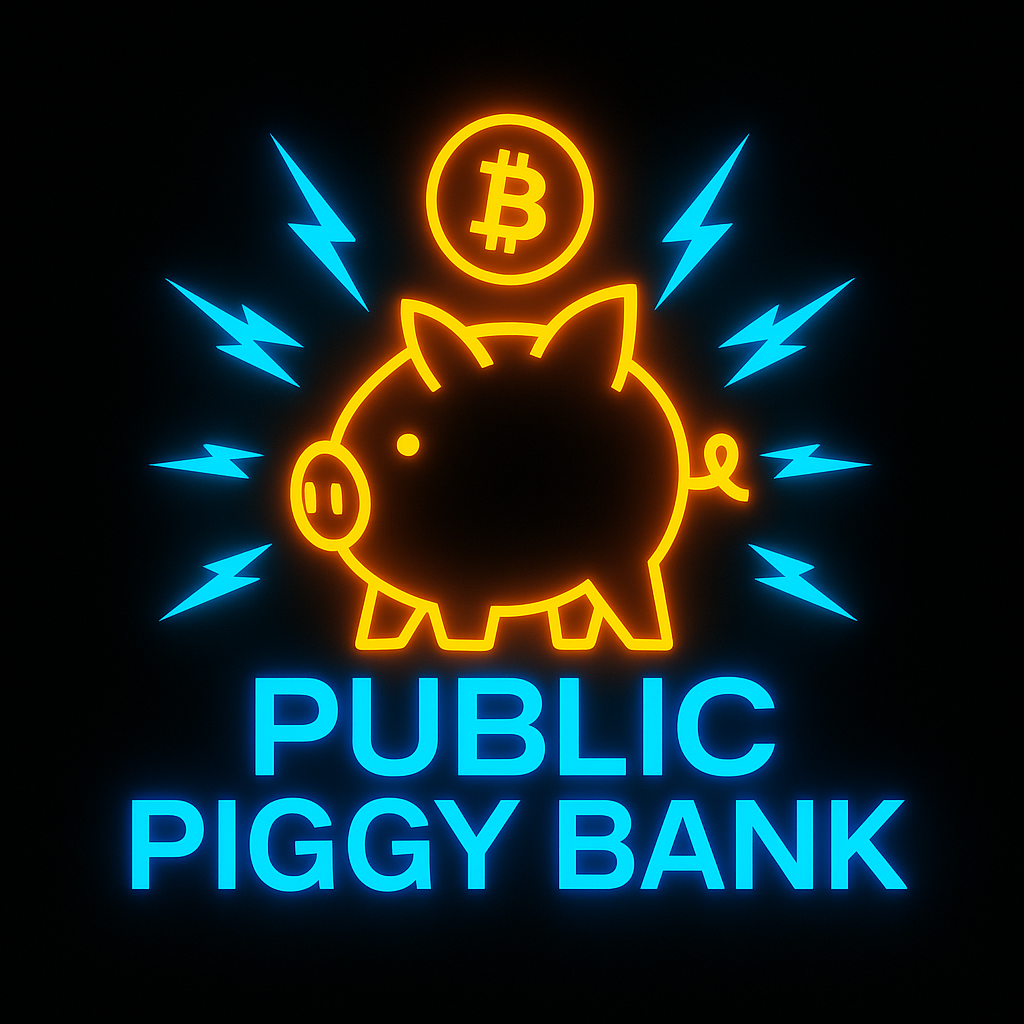
What Is the Blockchain?
The blockchain is a type of distributed ledger technology (DLT)—a secure, transparent, and decentralized database architecture that records data across a network of computers (called nodes) in such a way that the recorded information is immutable and verifiable.
At its core, a blockchain is a chronological chain of blocks, where each block contains a bundle of data—most commonly, a record of transactions. Each new block is cryptographically linked to the previous one using a unique digital fingerprint called a hash. This creates a permanent and tamper-evident record of every event that has occurred on the network since its creation.
How It Works
1. Transaction Initiation: A user initiates a transaction (e.g., sending Bitcoin).
2. Broadcast to Network: The transaction is broadcast to a global network of nodes.
3. Validation: Specialized nodes, called miners or validators, verify the transaction using cryptographic rules and consensus mechanisms (e.g., Proof of Work or Proof of Stake).
4. Block Creation: Valid transactions are grouped into a new block.
5. Block Added to Chain: Once validated, the new block is added to the chain in a linear, chronological order.
6. Permanent Record: The new block becomes a permanent part of the ledger and is nearly impossible to alter.
Key Features
Decentralization: No single entity controls the network. Trust is established through math, code, and consensus among participants.
Immutability: Once a block is added to the chain, it cannot be changed without altering every subsequent block—making fraud virtually impossible.
Transparency: Anyone can verify the data on a public blockchain. It’s an open system built on truth and mathematical integrity.
Security: Data is secured using advanced cryptographic techniques. The decentralized nature makes it resistant to hacks, censorship, or failure.
Why It Matters
Blockchain technology removes the need for trusted third parties like banks, governments, or corporations in verifying truth. It is the infrastructure of trust in the digital world, enabling the secure exchange of value, information, and digital ownership without permission. It powers Bitcoin, Ethereum, and countless decentralized applications, and is being explored for use in finance, healthcare, supply chain, voting systems, and beyond. It’s Not Just a Database — It’s the foundation of a new internet era—one where truth is independently verifiable, rules are enforced by code, and power is returned to the individual.
It’s not a trend. It’s a protocol shift—like going from paper to electricity, from postal mail to email, from analog to digital.

